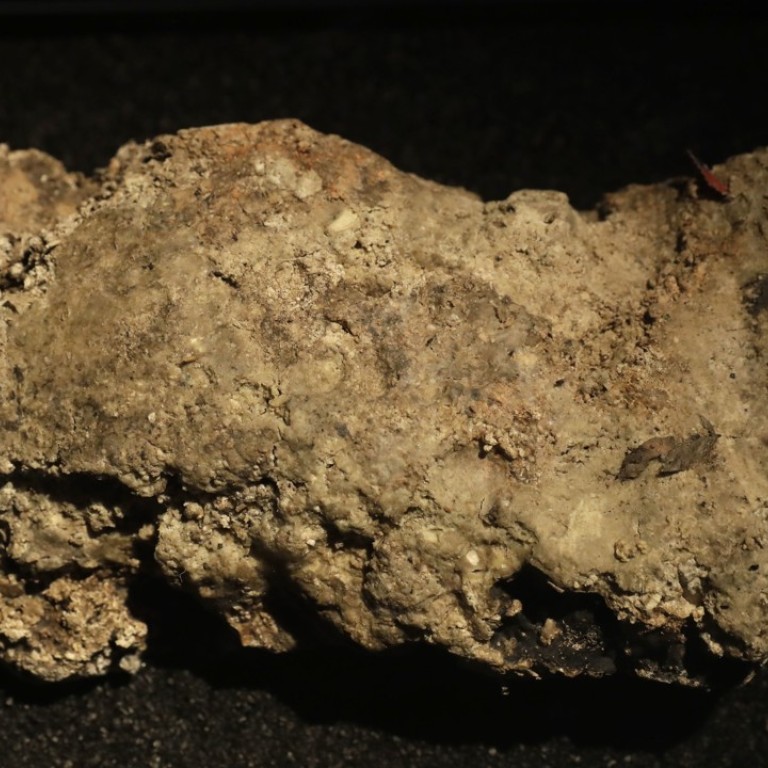
Watch: Museum of London launches FatCam, a disgusting live-stream of infamous fatberg
Viewers can watch the hunk of grease, faeces and sanitary wipes sweat and moulder in real time
Those who wish to watch the slow sweating of a disgusting, calcified mass of faeces, fats, oils, wet wipes and sanitary products can now do so at the click of a mouse.
The Museum of London announced on Tuesday that it had permanently acquired a fatberg sample and began live-streaming it to the world, dubbing the footage “FatCam”.
The sample, said to smell like a dirty toilet, was once part of a fatberg discovered blocking sewers under Whitechapel in September.
It went on temporary display at the museum in February and became a surprise hit with visitors, who were fascinated and nauseated in equal measure.
Curators said the fatberg had hatched flies, sweated and changed colour while on display. Since being removed on July 1, the fatberg has grown an unusual toxic mould in the form of visible yellow pustules.
Vyki Sparkes, the curator of social and working history at the museum, said the live-stream meant the fatberg could entertain and educate people around the world.
“The samples of the Whitechapel fatberg have proven to be very powerful museum objects, provoking strong feelings of fascination and disgust in our visitors while encouraging them to reflect on a serious challenge facing the city,” she said.
“Fatbergs are created by people and businesses who discard fat and rubbish into our historic sewer system. By adding these samples to our permanent collections, we are preserving material evidence of how we live now and, as we change our habits and attitudes, fatbergs could well become history.”
Sharon Robinson-Calver, the head of conservation and collection care at the museum, said the fatberg was unlike any material it had dealt with before.
“Since going off display, the fatberg has started to grow visible mould, which we have identified as aspergillus,” she said, explaining that the fatberg remained a live experiment.
“We believe this started while the fatberg was on display and we’re currently monitoring the mould and working to control it.”
There were two cases of fatberg samples on display at the museum, with the larger one being about the size of a shoebox. Sticking out from it was a purple and orange tag, identified by researchers as a Double Decker chocolate wrapper.
They were taken from a fatberg that weighed 130 tonnes, the equivalent of 11 double-decker buses, and was 250 metres long – 6 metres longer than Tower Bridge.
The free display proved popular with visitors, with merchandise including T-shirts, tote bags and fatberg fudge.

